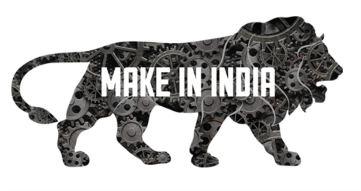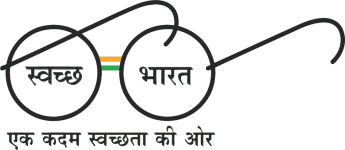
Automation and Robotics Engineering:
Automation and Robotics engineering is a field of engineering that deals with the designing, creation and workings of robots. They use computers to manipulate and process robotic actions. Robots have been long used in:
- Industries to speed up the manufacturing process,
- The nuclear science,
- Space machinery development,
- Servicing and transmission of electric signals,
- Designing bio-medical equipment,
- Sea exploration, and many other purposes.
Automated and Robotics engineers make use of knowledge from computer engineering, mechanical engineering, electrical engineering, biological mechanics, and software engineering. This field examines a vast development with the advent of artificial intelligence, control systems and information technologies to reduce the need for human labour in factories, offices and at home. Automation and Robotics engineering have indeed been crucial to the development of humanity and certainly, this will come with great responsibilities.
Responsibilities of an Automation and Robotics Engineer:
A robot has four parts: 1. electrical, 2. mechanical, 3. hardware, and 4. software. These parts, originally, may seem different. However, as an Automated Robotics Engineer, you will regularly need to make use of all engineering fields while working. Still, the software aspect serves as the glue that holds others together. Here are some basic tasks that are performed by an Automation and Robotics Engineer:
Designing: You will design the plans which serve as guides in manufacturing robots and machines. You will design vital mechanisms that make robots run smoothly. For instance, you are responsible for creating software systems controls that are used in manufacturing. Equally, you will design robotic systems that are used to increase production and precision levels in some industries.
Building: A second common responsibility is assembling the machines. Although you may have to do this where there is no separate assembling unit available. It is where you will watch your designs and constructions come to life.
Testing: After assembling, your machine moves to the testing stage, and on many such occasions, you will have to lead and test the entire process for its smooth working.
In recent times, the scope and suitability of pursuing a course in Automation and Robotics have increased manifolds with fields, such as artificial intelligence, taking over a major share of many organisations and factories which otherwise would be manual and tedious workings. Coupled with Automation and Robotics, the other industries integrate to touch their developmental peaks with factors like software development, computer-integrated manufacturing system, digital electronics, and microprocessors. Currently, graduates are hired vastly by private employers working in the manufacturing sector.
Recently, drone technologies have also boosted studies in this engineering field. The major International firms are trying to devise methodologies to gather information through them. The various military organisations have also started incorporating personnel from the Automation and Robotics sector into their development to make the most out of this newly emerging modern-age technology. Hence, the scope and suitability of Automation and Robotics are expanding day by day. According to the sources, the growth potential of Automation and Robotics has increased currently due to the need for automation, fast, and error-free working.
Job Opportunity:
Maruti Suzuki, Ashok Leyland, TATA, Apollo Tyres, Bajaj, Hero Honda, Hyundai, Toyota, Honda, Caterpillar, Escorts, Yamaha, Mahindra & Mahindra.
Expected Annual Salary:
You can get a minimum starting salary of INR 9 to INR 10 lakh per annum.






